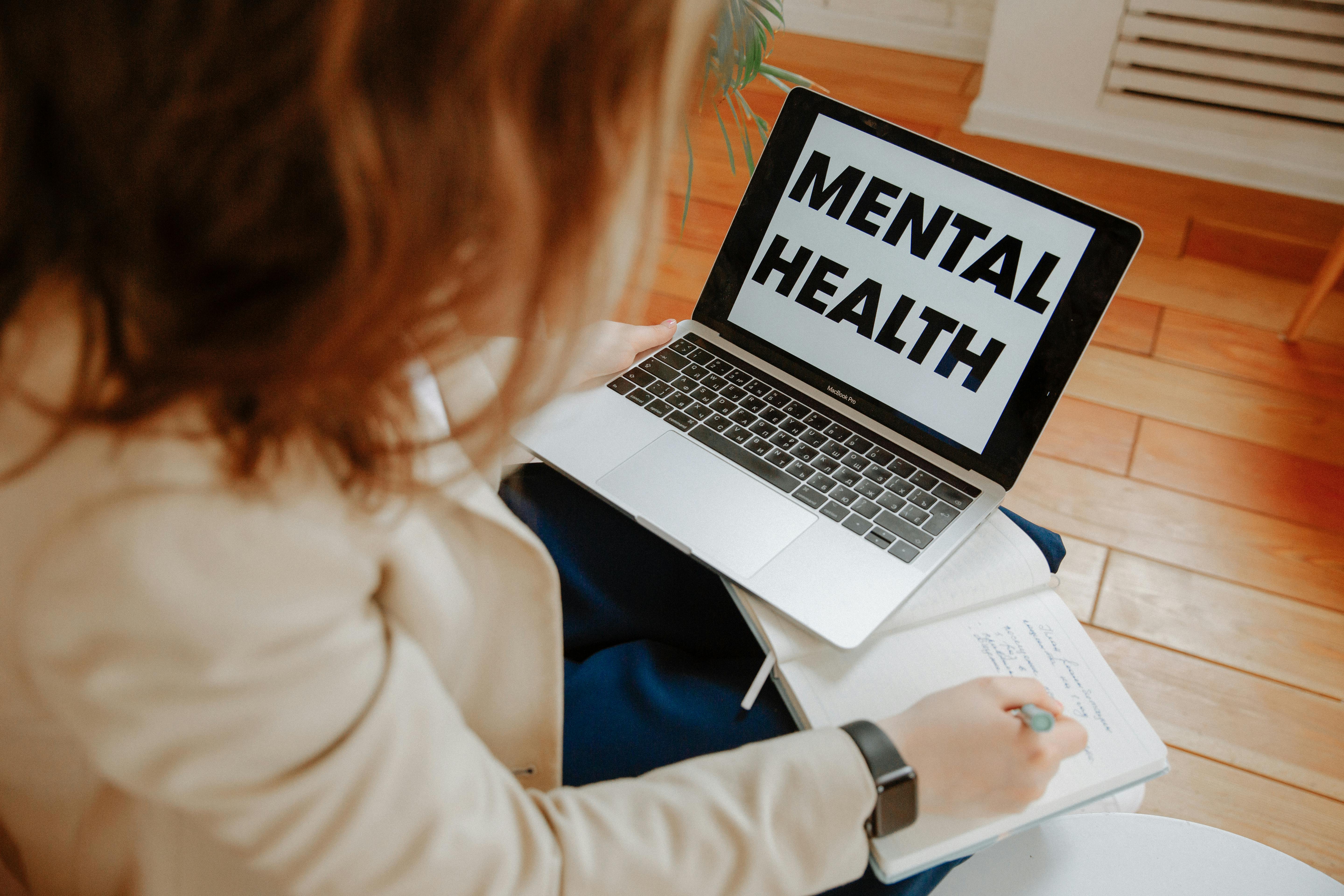Gaining weight will hurt your back. Gaining weight over the holidays will cause back pain next year. Those extra pounds don’t come off easily either: 60% of people surveyed take up to 10 months to lose the holiday weight. Nearly 13% of people surveyed said they simply give up on the idea of losing weight after February. A study published in the New England Journal of Medicine agrees: Most people can’t shake the holiday weight until next fall, just in time for Halloween candy.
If you’re overweight, your spine may be overloaded as it tries to carry that extra weight. Gaining weight means you’re more likely to injure your back, which would make it nearly impossible to exercise enough to lose weight. This could turn into chronic back pain. Doctors know that being overweight can lead to compression fractures, degenerative disc disease, and spondylolisthesis.
spinal arthritis
A medical term used to describe spinal arthritis is spondylosis. Spondylosis is a common condition that is estimated to account for 2% of all hospital admissions. Spondylosis is a common degenerative condition associated with aging and can affect the cervical (neck), thoracic (chest area), and lumbar (lower back) spine.
The type of spondylosis that affects the facet joints of the spine is called osteoarthritis. Spinal osteoarthritis worsens with age and can cause loss of structure and use of the spine.
With recent advances in MRI technology, your doctor can use an MRI to screen for spondylosis. The MRI will reveal the disc space between the vertebrae. If the space narrows, you have spondylosis.
The medical term for cervical arthritis is cervical spondylosis. Progressive neck pain is a common symptom of spondylosis. With cervical spondylosis, the spinal canal can narrow, causing compression of the spinal cord and nerves in the arms.
If cervical spondylosis is severe, bed rest with neck traction may be needed. If you have cervical spondylosis, inflammation of the neck or upper back, and you are in a lot of pain, a cervical epidural block may be beneficial in relieving pain.
If inflammation is present, anti-inflammatory drugs can be used for treatment. Massage can help relieve pain.
Using proper body mechanics to avoid back pain
If I told you how to avoid back pain in the first place, would you be interested?
Exercise. The best cure for muscle-oriented back pain is to use gentle aerobic exercises to strengthen your back muscles.
Swimming is a good option. Talk to your doctor about which activities are best for you.
Develop muscular strength and flexibility. Back muscle exercises will not only strengthen your back, but also remind your back muscles to relax. Flexibility in the hips and upper legs aligns the pelvic bones to improve the feel of the back.
Lose weight. This is the biggest cause of back pain (second only to weak muscles). The more you weigh, the more stress is placed on your back muscles.
Use good posture
Smart support. Maintain a neutral pelvic position. If you must stand for long periods of time, alternate placing your feet on a low stool to take some of the load off your lower back.
Sit smart. Choose a seat with good lower-back support, armrests, and a swivel base. Consider placing a pillow or rolled towel in the lower back to maintain its normal curve. Keep your knees and hips level.
Lift correctly by moving up and down. Bend only the knees, not the back. Hold whatever you are lifting as close to your body as possible.
Sleep smart. People with back pain are often advised to use a firm mattress, but recent studies indicate that a medium-firm mattress may be better. Use pillows for support, but don’t use a pillow that forces your neck up at a severe angle.
